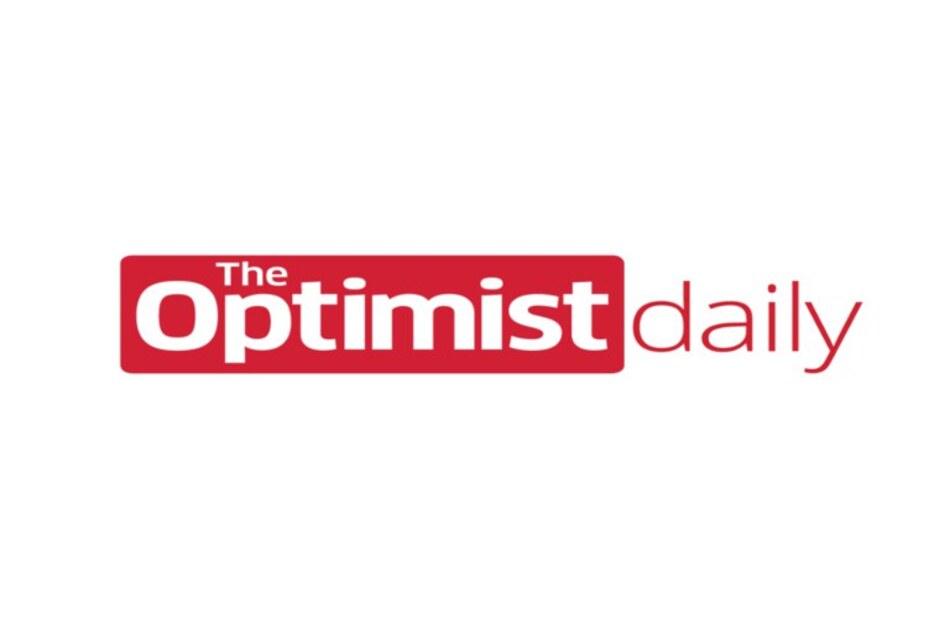Inflamed by racist stereotypes during the pandemic, cases of hate crimes against people from Asian and Pacific Islander (AAPI) communities are on the rise. This bubbling over of racist attitudes hasn’t just appeared out of nowhere but is an indication of how the undercurrent of one-dimensional caricatures, stereotypes, and representations were already driving how AAPI communities are viewed.
Dancer and choreographer Phil Chan has always valued dance as a mode of expression, however, he remembers feeling ridiculed by his favorite art form while watching a traditional performance of “The Nutcracker” that featured Asian caricatures. “It reminded me that I didn’t belong,” Chan says. His father, who was watching with him, asked, “Do you really want to devote your life to this? This is how they see you, this offensive portrayal of Chinese people.”
That was the moment Chan decided to take on a new mission: to free the ballet of “yellowface,” which includes offensive representations of Asian cultures through stereotypical costumes and exaggerated makeup.
Chan says that exposing views to Asian cultures in such a flat, one-dimensional way makes it easier for people to dehumanize members of AAPI communities in real life. To combat this, he launched the “Final Bow for Yellowface” campaign, which convinces dancing companies nationwide to pledge to remove Asian stereotypes from their performances.
The campaign’s co-founder, Asian American dancer Georgina Pazcoguin, recalls incidents when she was forced to perform in yellowface. “I have been made to feel uncomfortable, and there wasn’t a space for me to voice this,” she says. Now, they are making their voices heard through the movement.
“Final Bow” has showcased the work of 31 Asian choreographers to demonstrate the depth of AAPI identity and to discourage the further propagation of harmful stereotypes from gracing the stage in the future.
Source Image: Ballet West











